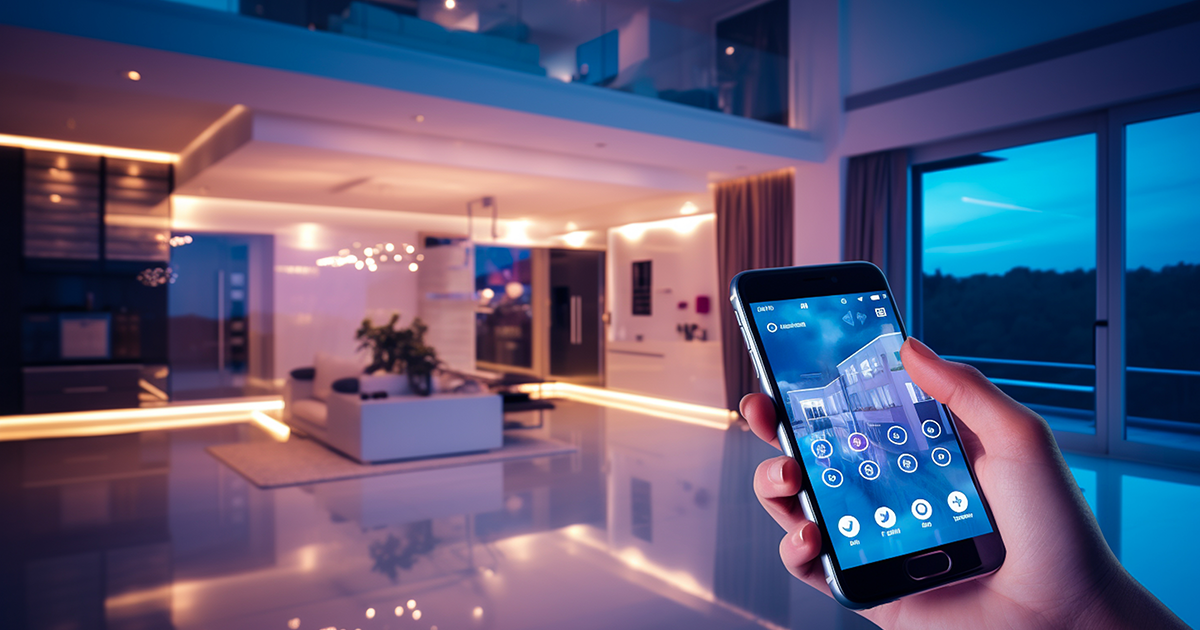Smart Homes in 2025: How Technology Is Upgrading Everyday Living
There was a time when the idea of controlling your lights, security, or appliances from your phone sounded like something out of a sci-fi movie. Fast forward to 2025, and smart homes are no longer a futuristic fantasy—they’re becoming a standard part of urban and even rural life. From waking up to automated curtains drawing open, to managing your energy consumption in real time, technology is quietly revolutionizing the way we live.
1. Voice Assistants Are Now Family Members
Whether it’s Amazon Alexa, Google Assistant, or Apple’s Siri, voice assistants are no longer just helpful—they’re an integral part of home life. In 2025, most smart homes are equipped with central AI-powered assistants that not only respond to commands but also learn from your habits.
Forgot to lock the door? Your assistant reminds you. Can’t find your keys? It tracks the last known location. These voice-controlled systems now integrate with nearly every smart appliance, from air conditioners to washing machines.
2. Smart Security Is the New Normal
Home security has seen one of the most significant upgrades. Traditional locks and doorbells have given way to facial recognition systems, fingerprint scanners, and video doorbells with real-time mobile access. In cities like Bangalore, Delhi, and Mumbai, gated societies have adopted these solutions to ensure tighter safety, while independent homes in suburbs and small towns are also catching up.
Motion sensors, smart CCTV cameras with cloud storage, and real-time alerts mean homeowners can monitor their homes from anywhere in the world.
3. Energy Efficiency Gets a Boost
As sustainability becomes a global priority, smart homes in 2025 are designed to reduce energy consumption without compromising comfort. Devices like smart thermostats, automated lighting systems, and solar-powered water heaters are helping families save both energy and money.
For example, smart lighting now adapts based on time of day, weather, and even your daily routine. If you’re away, lights automatically switch off. Many homes also use smart plugs and energy monitors to track usage, helping reduce monthly electricity bills significantly.
4. Health and Wellness Inside the Home
Post-pandemic lifestyles have made health a top priority, and smart homes are playing their part. Air purifiers that track AQI in real time, water purifiers with app control, and UV sterilizers for high-contact surfaces are now commonly found.
Moreover, smart beds, sleep trackers, and fitness-integrated mirrors that provide yoga or workout sessions right in your bedroom are redefining home wellness in 2025. Some even sync with your smartwatch or health app to track your vitals throughout the day.
5. Kitchens Get Smarter Too
Today’s kitchens are almost unrecognizable compared to a decade ago. Smart refrigerators track expiry dates and suggest recipes based on available ingredients. Some even order groceries when you’re running low.
Induction cooktops and microwaves now come with touchscreen displays and app controls. Voice-controlled coffee machines, robotic vacuum cleaners, and dishwashers that schedule their cycles based on electricity usage trends make daily chores smoother and more efficient.
6. Remote Work and Smart Living Merge
With remote and hybrid work becoming a permanent feature, smart homes are adapting to this shift. Home offices are now equipped with noise-canceling smart glass, ambient lighting, and AI-powered ergonomic seating reminders.
Smart projectors, whiteboards, and collaborative workspaces ensure professionals stay connected and productive without needing to step out. In fact, some new residential projects in Pune, Noida, and Hyderabad are offering dedicated smart work pods as part of the home layout.
7. Customization and Control at Your Fingertips
Mobile apps and centralized dashboards give homeowners complete control over their living spaces. Whether it’s turning on the geyser before you get home, adjusting room temperature, or setting mood lighting for dinner—everything can be personalized.
What’s more, smart home ecosystems are becoming more affordable and modular, allowing even middle-income households to adopt this lifestyle in phases.
Looking Ahead: Is This the New Standard?
Smart homes in 2025 are not just about luxury—they are about convenience, efficiency, safety, and sustainability. With falling prices of IoT devices and better connectivity in even Tier-II and Tier-III cities, the smart home revolution is no longer restricted to elite housing societies.
Real estate developers are also stepping up, offering tech-integrated apartments as standard features rather than premium add-ons. As a result, smart living is no longer a choice—it’s quickly becoming the expected norm.
Conclusion
Technology has gently and steadily entered our homes, making life smoother, safer, and more sustainable. As we embrace this new wave, it’s clear that smart homes are not a passing trend—they are the blueprint for modern living.
Whether you’re a homebuyer, renter, or builder, now is the time to consider what smart living means for you. Because in 2025, a smarter home doesn’t just mean better gadgets—it means a better lifestyle.


